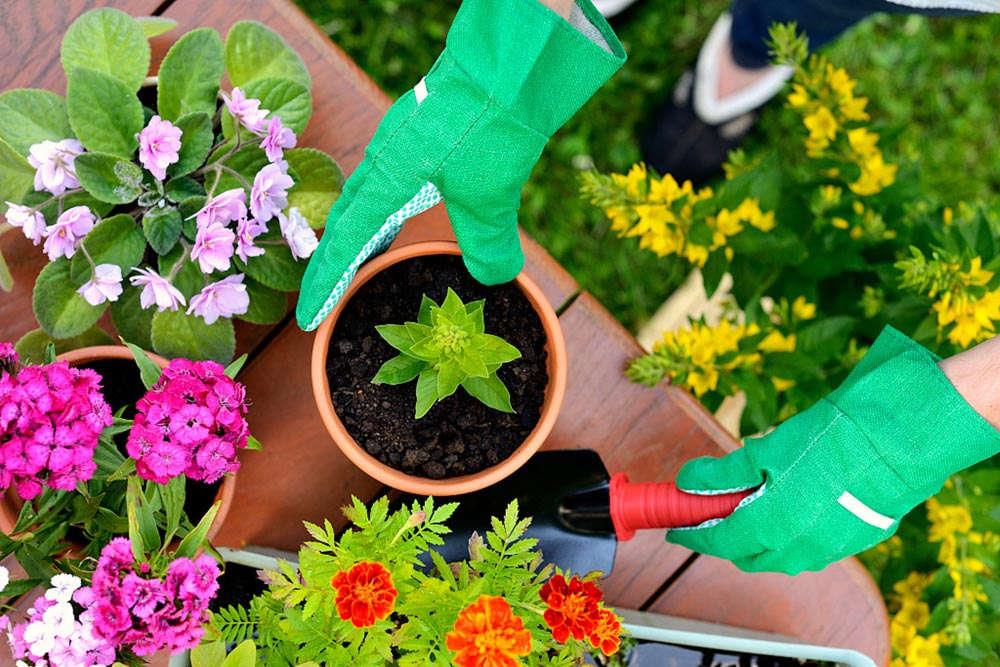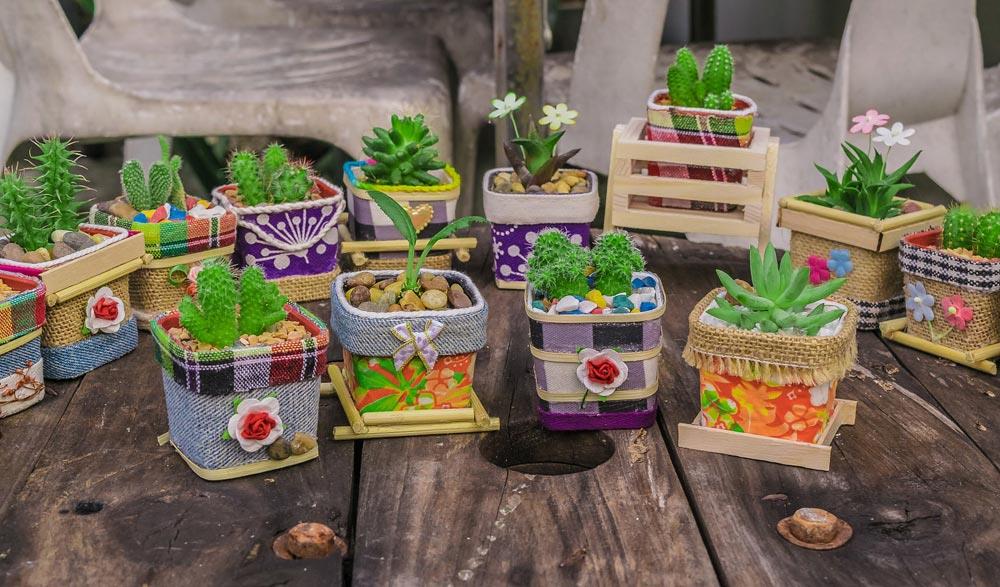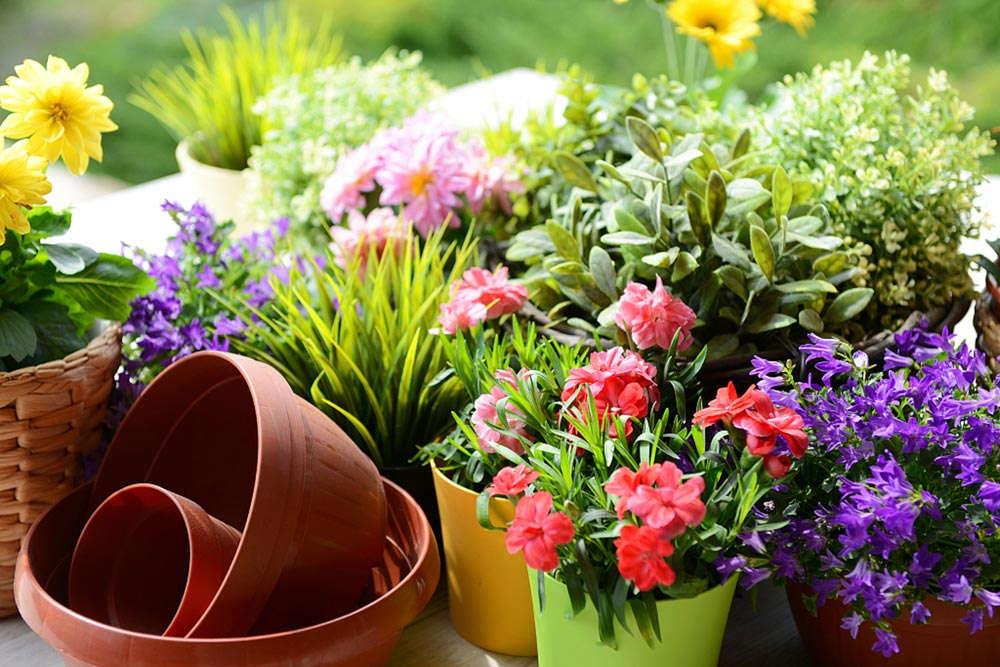Breeding methods and precautions for pineapples
Last Update :2024.05.06
Article Catalog
3. Problem diagnosis and treatment
Substrate: Pineapple likes loose, breathable and acidic sandy soil. Temperature: It is best to keep the normal temperature at 21-35℃ throughout the year. Do not let the temperature fall below 12℃, which will affect the normal growth of plants. Moisture: Although it is drought tolerant, it still needs a lot of moisture when growing. Light: It likes a warm, direct sunlight environment, so it should be given sufficient light when growing.

1. Maintenance methods
1. Maintenance method
1. Substrate selection: You can choose acidic or slightly acidic sandy soil with loose, good air permeability and a pH value of 4.5~6.0, which is conducive to the growth of plant roots. Improve nutrient absorption.
2. Temperature management: It is best to keep the normal temperature around 21~35℃. In winter, the room temperature should be above 12~15℃ to avoid the death of plants due to low temperatures in winter.

3. Water management: sufficient water is needed during the growth process It has strong drought resistance and will not have a big impact on growth even if it is deprived of water for several days. However, during the breeding process, sufficient water should be provided to facilitate its growth.
4. Light management: It likes to grow in a warm and direct sunlight environment. Sufficient sunlight is the basis for its good growth. Only when cultivating in a greenhouse is not shaded in winter, and then cultivated in the sun after leaving the room, can it grow well.

2. Breeding skills
1 . Cuttings: Use a knife to cut off the leaves and dry them in the sun for 2 hours, which is beneficial to the awakening of plant life. Then put the cuttings in the soil, spray an appropriate amount of water on the surface, put them in a cool place, and wait for roots to form.
2. Divide: You can choose to divide the plants in spring, take the plants out of the pots, and remove excess pot soil. Use scissors to divide it into plants, leaving a root system on each plant, and then plant it.

3. Problem diagnosis and treatment
1 , Yellow leaves: If the leaves turn yellow, it is likely that too much fertilizer has been applied, causing root burns. At this time, we should change the potting soil in time (try to choose a mud pot or a tile pot) to reduce damage.
2. Pests: Mainly scale insects. When the larvae hatch, you can spray them with 80% dichlorvos EC 1000 times to prevent adult insects from flooding and damaging the plants.

IV. Other questions
1 . Is it poisonous? Pineapple is a non-toxic plant, and its fruit is full and edible.
2. Can it be planted in the ground: Pineapple does not have high requirements for the growth environment and can be planted in the ground, making it suitable for large-area planting.

2. Breeding skills
3. Problem diagnosis and treatment
4. Other issues
- END -
What causes orchid roots to become soft and how to save them

There are probably three reasons why orchid roots become soft. One possibility is ...
Is it suitable to grow tiger orchid indoors? What should you pay attention to when growing it indoor

Tiger orchid is non-toxic and will not affect human health. It is suitable to be k...